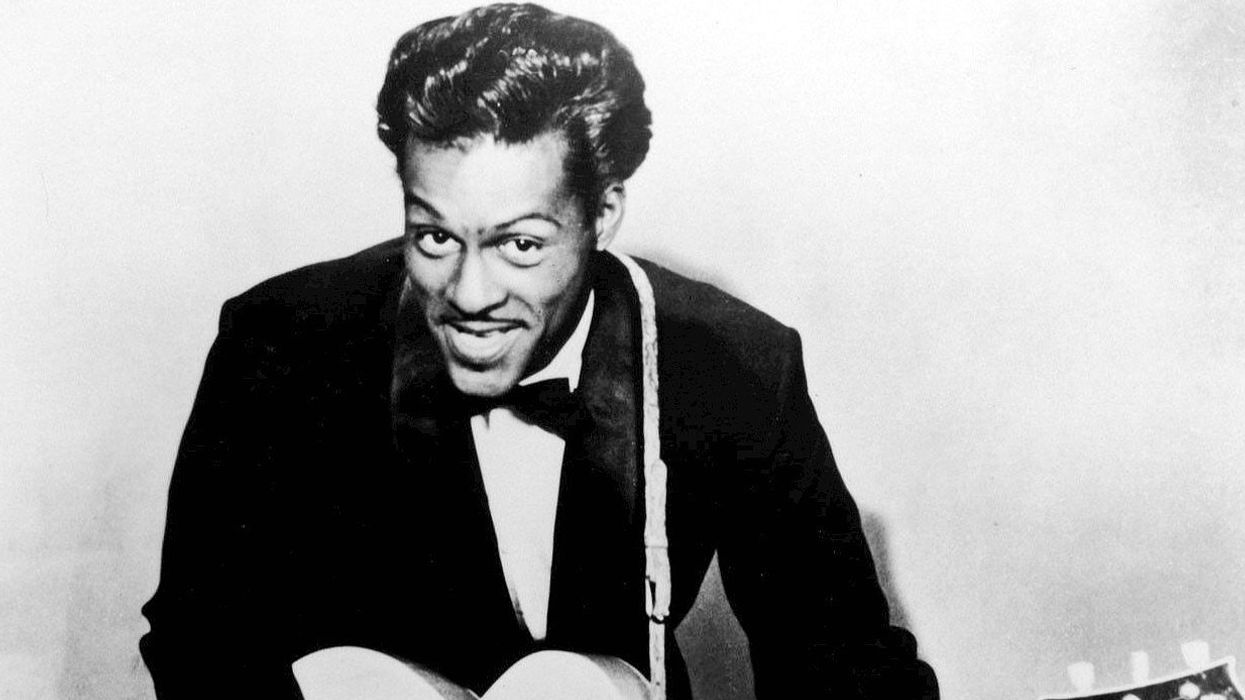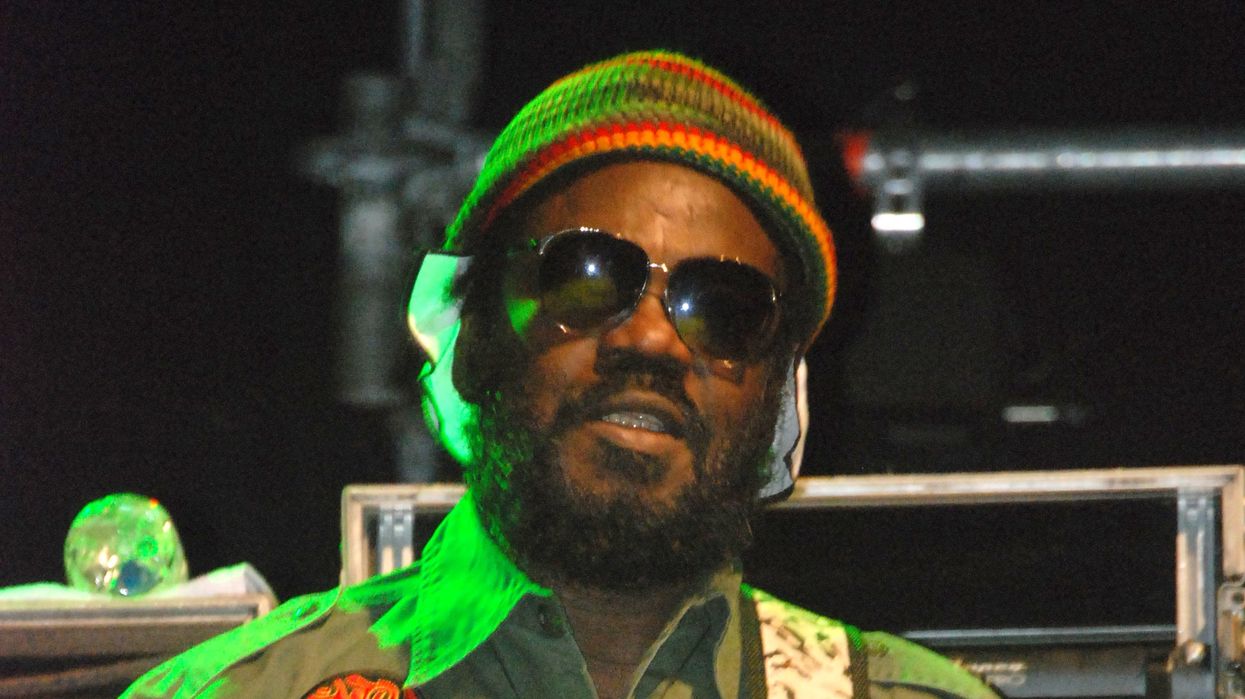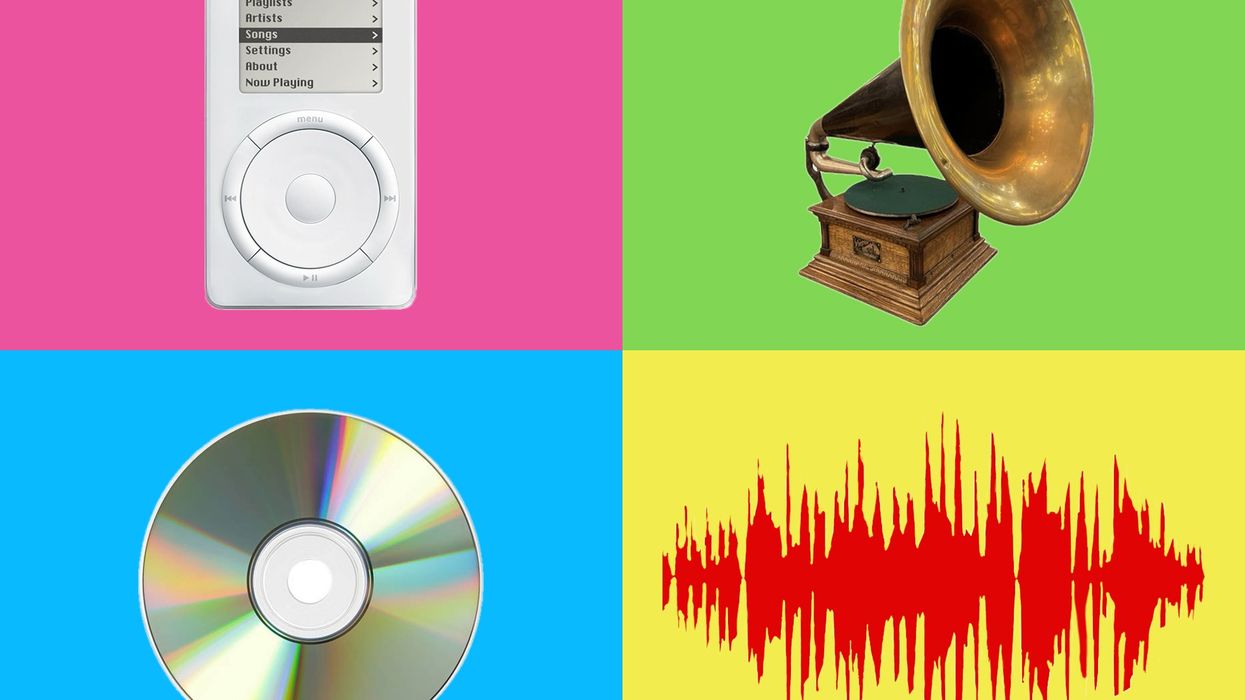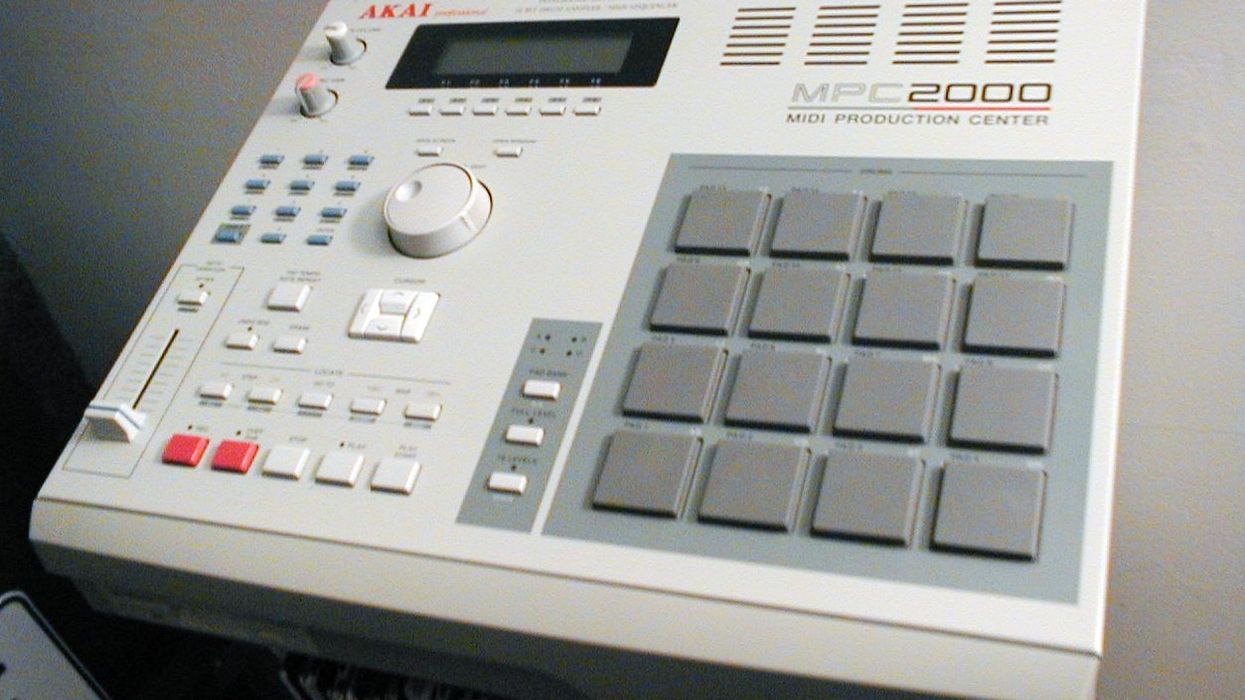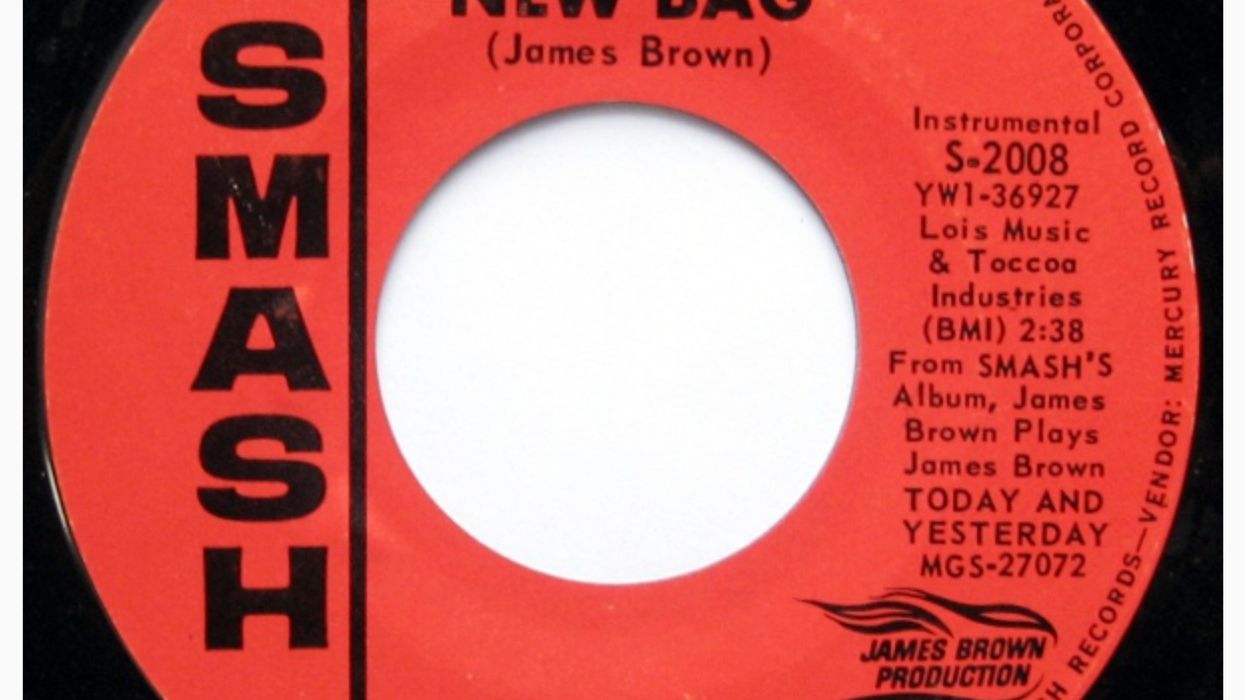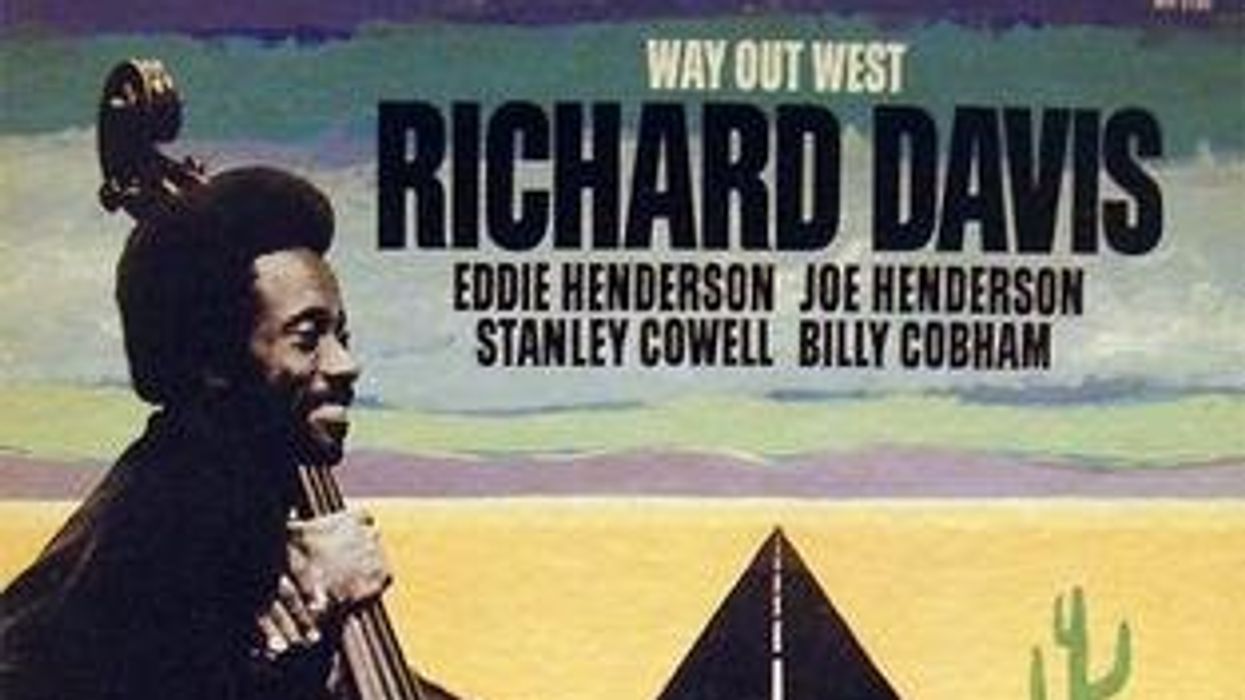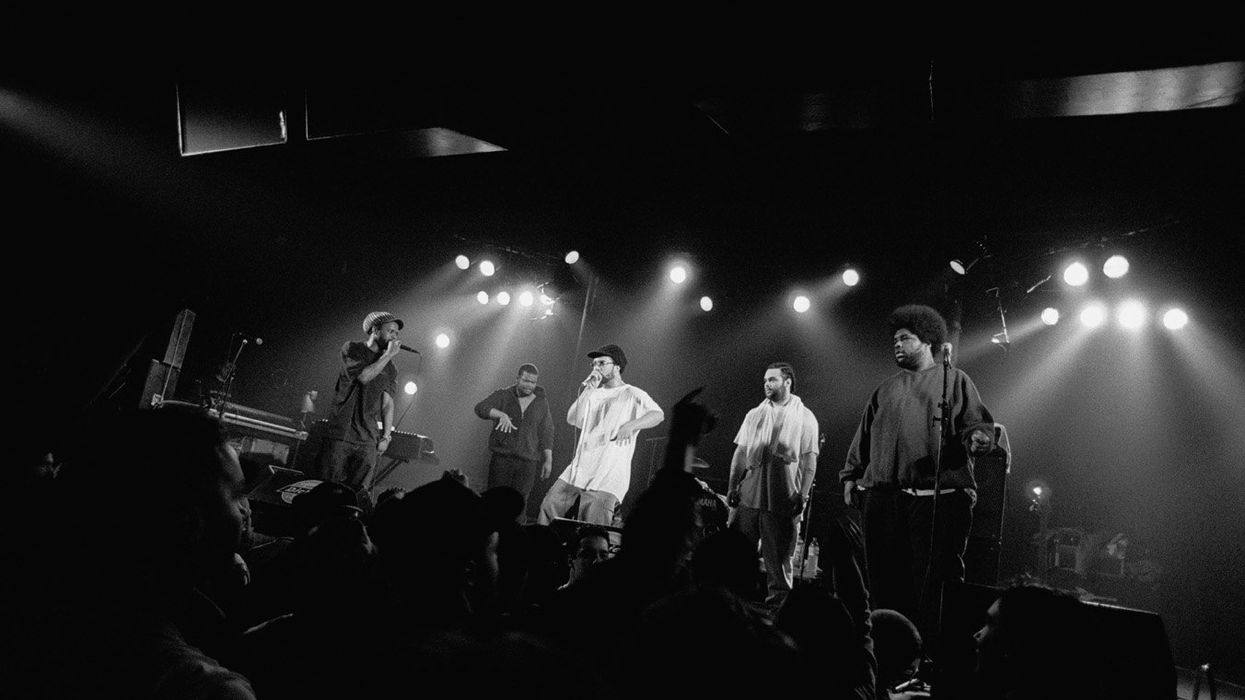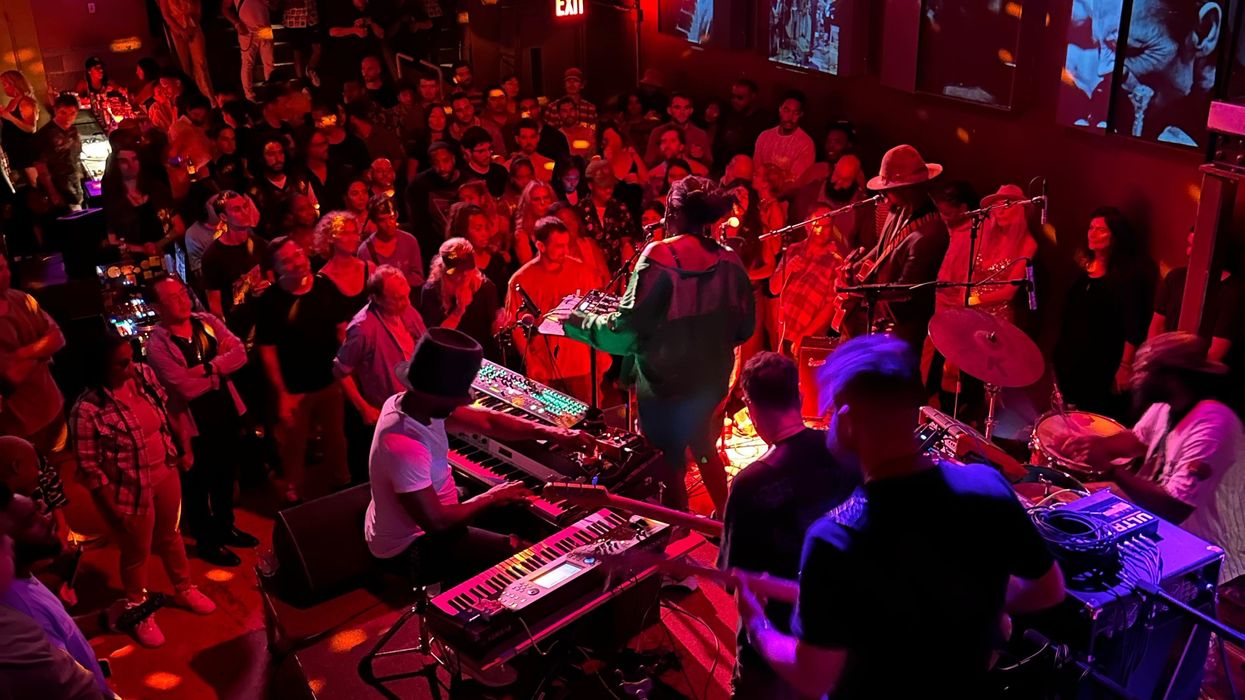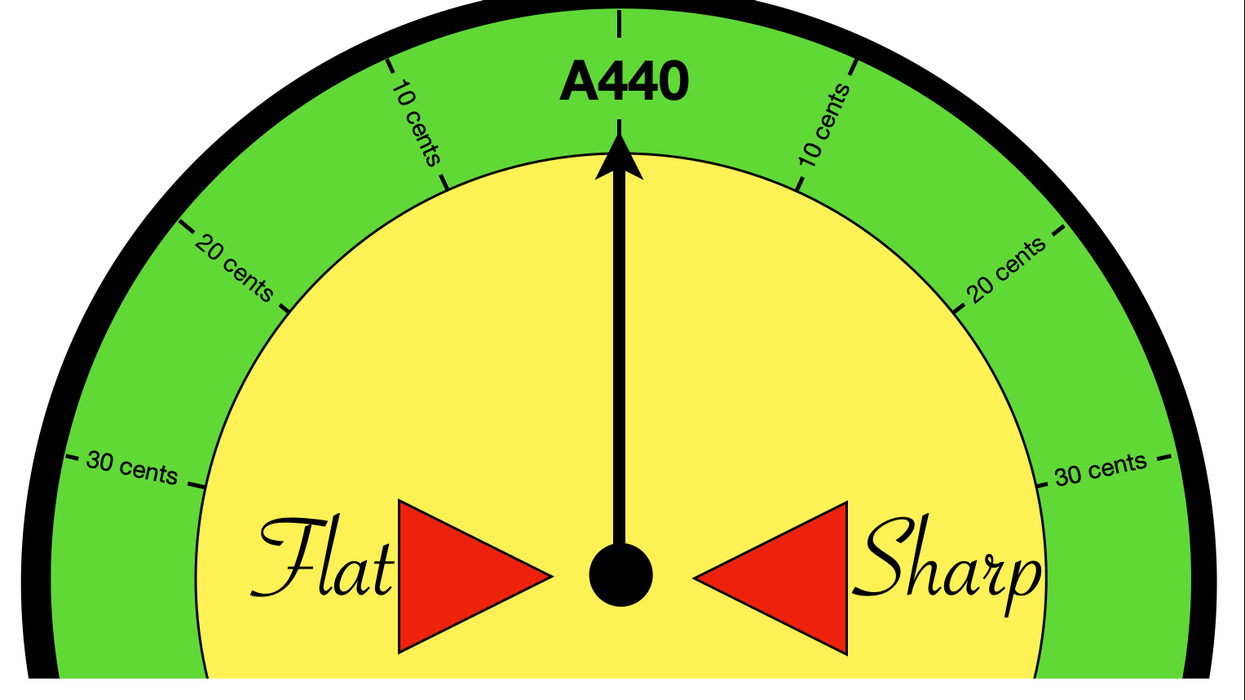One of the most troubling obstacles that music educators face nowadays is the gradual disappearance of instruments. With each passing decade in the U.S., there are fewer and fewer people who can play an instrument, or in many cases, who have ever held one.
Though I’m originally from London, before moving to Harlem, I spent 20 years in Philadelphia. For 11 of those years, I was the director of the Creative Music Program, a free program for teens that I created at the Kimmel Center. In this position, I observed the continued decline of school music programs and, more importantly, instruments. Due to overall government divestment in the arts, access to musical instruments has been in decline for quite a while. But for me, one of the most worrying aspects of this trend is the virtual disappearance of the Black guitarist.
From the kora to the banjo to, in more modern times, the guitar, plucked string instruments have always played a central role within African American music. At the dawn of the 19th century, almost every band, large or small, had at least one member who played the banjo, guitar, or both. The blues rose to cultural prominence through singers who accompanied themselves on guitar. The guitar’s role in gospel, jazz, rock ’n’ roll, rhythm and blues, Motown, funk, disco, and more, was central. Figures such as Muddy Waters, B.B. King, Jimi Hendrix, Charlie Christian, Grant Green, George Benson, Stanley Jordan, Jimmy Nolen, Nile Rodgers, Phil Upchurch, Prince, and Jef Lee Johnson weren’t anomalies. They were the norm—innovators within a vast sea of Black guitarists that stretched all the way back to the times of slavery and before.
Nowadays, my colleagues and I lament our collective struggle to name more than a handful of Black guitarists playing jazz in our tristate area. We have no such struggles when it comes to bass, drums, or even saxophone. Considering the long history of the guitar within jazz, one should really ask why and what the broader implications of this are. Over 11 years as an educator in Philadelphia, I only ever encountered one Black student who played guitar—out of thousands of students.
Is this generational? It’s no secret that all music has become more and more electronic. Despite what some may think, this trend is only partially due to the advent of new technologies. The synthesizer has been around since the ’60s, with early drum machines arriving soon after. Hip-hop spent much of its first decade-and-a-half virtually instrument free, and the fact that its sound was dominated by DJing, sampling, and drum machines was certainly linked to the decline of available music education during that period. The rise of specialized programs led by those like Wynton Marsalis in the ’90s helped to slow this trend somewhat, but not really for guitar.
There was also a cultural aspect at play, which in many ways echoed what we saw happen with the banjo 100 years earlier. The banjo originated with enslaved Africans during the 17th century, as a form of cultural retention, mirroring similar instruments found in West Africa, like the akonting. In the antebellum South, the banjo was a communal and recreational instrument that slaves played during gatherings and celebrations to accompany folk songs, dances, and storytelling. This sound eventually became part of bodies of music identified with the life, aspirations, and hardships of the enslaved.
“As high-level Black guitar-centric artists, who were themselves a continuation of artists like Chuck Berry, have aged or passed on, the guitar has become disassociated with cutting-edge Black music.”
Joel Walker Sweeney, a white musician and performer, is credited with further developing the banjo and popularizing it with white audiences in the mid 1800s. That aside, Sweeney’s popularization took place on white stages through the extremely problematic medium of blackface minstrelsy, which perpetuated a long tradition of dehumanizing and mocking African American culture via negative tropes and stereotypes around intelligence, physical appearance, sexual promiscuity, etc. Although the banjo continued to be utilized by Black musicians for a time, one cannot help but wonder if its new widespread association with racists like Sweeney and minstrelsy helped to send it to an early grave.
Despite its long history as a favored instrument, as high-level Black guitar-centric artists, who were themselves a continuation of artists like Chuck Berry, have aged or passed on, the guitar has become disassociated with cutting-edge Black music. The instrument is now more often found in rock, metal, folk, country, and bluegrass settings, and the person playing it will most often be white.
This is certainly the perception among young Black musicians starting out and deciding which instrument to play. Sadly, this trend is self-reciprocating, as less Black guitar innovators also means less artists, role models, and teachers to catch a future Jimi Hendrix’s attention. Due to a whole lot of cultural shifts, which actually have very little to do with music, the guitar may just not be as cool to them as it once was.
Supported by Aguilar. Get Amped! Learn more at shop.aguilaramp.com
